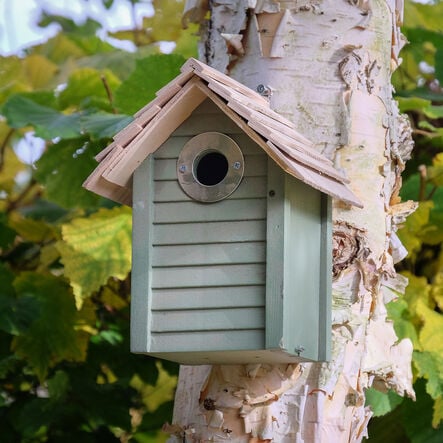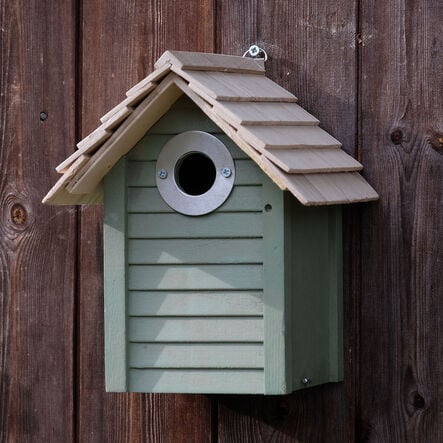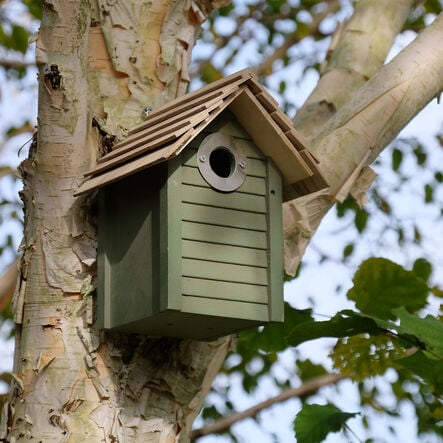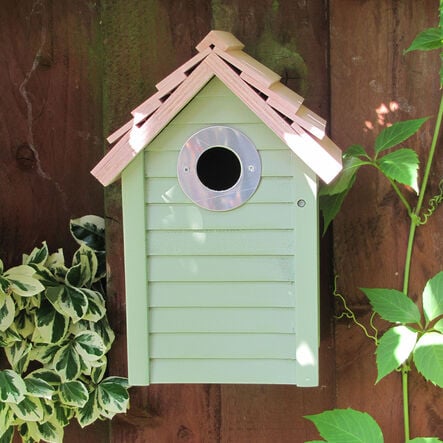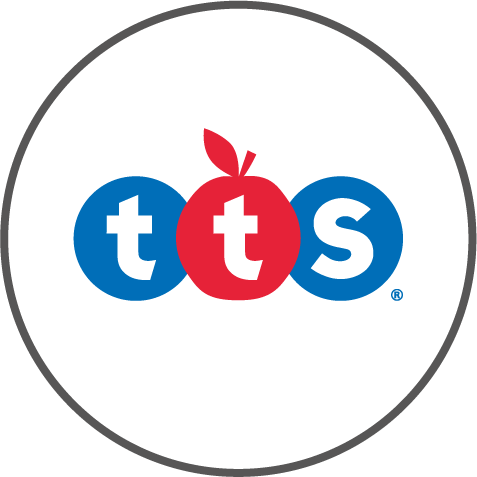Helping to Support Teaching and Learning
-
Attract Birds
Encourage birds to nest in your school grounds by providing a safe and suitable environment. This bird box caters to a variety of small bird species.
-
Small Bird Design
To attract small bird species such as blue, coal, and marsh tits, this bird box features a shingle roof and a silvered hole protector.
-
Develop Skills
Develop identification and observation skills by documenting bird species and their behaviours. Using a bird box enhances children's understanding of wildlife.
-
Easy Maintenance
The box can be opened from the bottom for easy cleaning outside of the breeding season, maintaining a suitable nesting environment.
-
Identify Birds
Helps children identify and name a variety of common birds, supporting the Science curriculum and enhancing their knowledge of classification.

